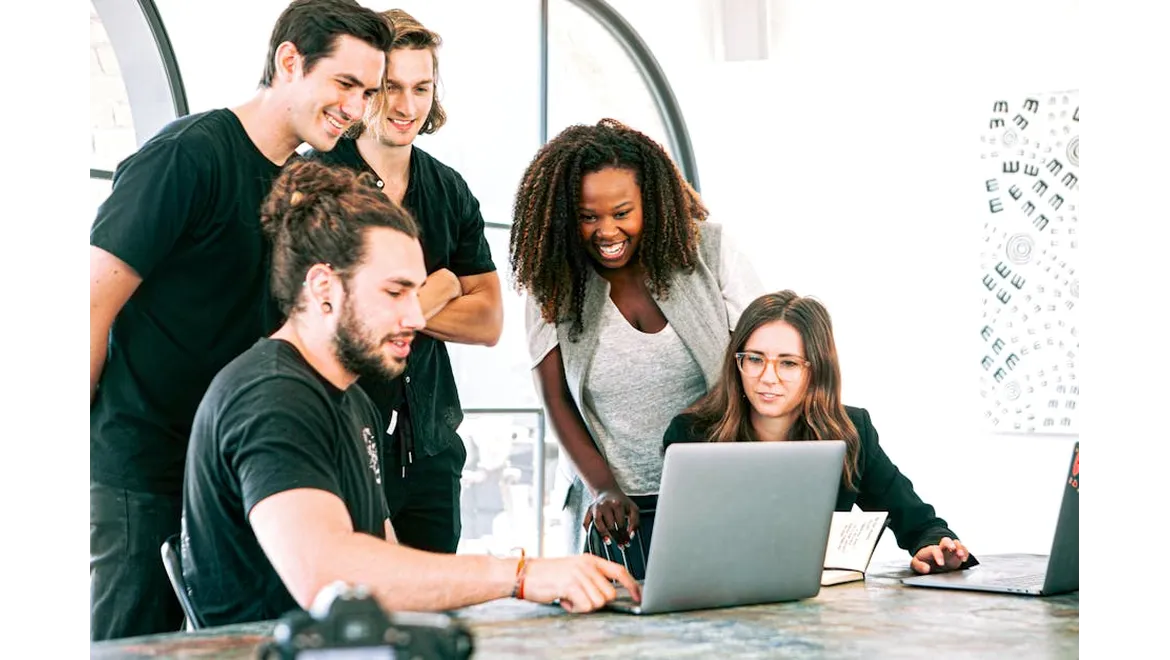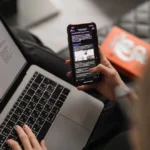Navigating the digital marketing landscape can often feel like sailing through uncharted waters. However, with Artificial Intelligence (AI) as my trusty compass, I embarked on an enlightening journey to uncover competitor influencer collaborations. Here’s a step-by-step recount of my experience, so you can replicate this process and enhance your marketing strategy.
Setting the Stage
The initial step in this process was to arm myself with the right AI tools. From my research, I found that platforms like HypeAuditor, Influencity, and Brandwatch were highly recommended for their capabilities in influencer analysis. I opted for HypeAuditor due to its user-friendly interface and comprehensive analytics.
Defining My Objectives
Before diving into the technicalities, it was crucial to outline what I hoped to achieve. My primary objective was to identify which influencers were partnering with my competitors and understand the nature of these collaborations. This would enable me to gauge the effectiveness of different influencers and potentially identify new partnership opportunities for my own brand.
Collecting Data
I began by compiling a list of my top competitors. This included both direct competitors and those in adjacent niches that were vying for the same audience. With my list ready, I utilised HypeAuditor’s competitor analysis feature. This tool allowed me to input the social media handles of my competitors and retrieve detailed reports on their influencer activities.
Analysing Influencer Profiles
The data retrieved was a goldmine. It included lists of influencers who had recently collaborated with my competitors, along with metrics such as engagement rates, audience demographics, and estimated costs per post. At this stage, I focused on identifying high-performing influencers – those who not only had substantial followings but also high engagement rates. A large following is impressive, but engagement is where the real value lies.
Understanding Collaboration Contexts
Discovering which influencers were collaborating with my competitors was just the beginning. The next step involved scrutinising the nature of these collaborations. Were they one-off sponsored posts, long-term brand ambassadorships, or affiliate partnerships? This context helped me understand how my competitors were leveraging influencer marketing.
A useful feature in HypeAuditor was the ability to see the content these influencers were posting. By reviewing these posts, I could infer whether the collaborations were product placements, reviews, or creative campaigns. This insight was invaluable, as it highlighted the strategies that resonated most with the audience.
Assessing the Impact
To truly understand the efficacy of these collaborations, I needed to assess their impact. This involved analysing engagement metrics like likes, comments, and shares on influencer posts. Additionally, I paid attention to audience sentiment by reading through the comments. Positive feedback often indicated successful collaborations, while negative or neutral comments provided learning opportunities.
Identifying Opportunities
With a clear picture of my competitors’ influencer strategies, the next step was to identify opportunities for my own brand. I created a shortlist of high-performing influencers who had collaborated with my competitors but were not exclusive to them. Reaching out to these influencers presented a chance to tap into an already engaged audience.
Moreover, by understanding the types of collaborations that worked best, I could tailor my outreach approach. For instance, if product reviews garnered significant engagement, I could propose a similar collaboration. This tailored approach not only increased the likelihood of successful partnerships but also ensured alignment with my brand’s goals.
Reaching Out and Building Relationships
The final step was to reach out to the selected influencers. Personalised and genuine communication was key. I referenced their past work, highlighted why I believed they would be a great fit for my brand, and outlined the mutual benefits of collaboration. Building relationships with influencers is not just a business transaction but a partnership that thrives on mutual respect and shared values.
Reflecting on the Journey
Utilising AI to uncover competitor influencer collaborations was a game-changer. It provided me with actionable insights and a strategic edge in the competitive world of digital marketing. By leveraging AI tools, I was able to efficiently gather and analyse data, understand the nuances of influencer collaborations, and identify valuable partnership opportunities.
In essence, AI streamlined the process, making it more precise and effective. If you’re looking to enhance your influencer marketing strategy, I highly recommend embracing AI tools. They can transform a daunting task into a manageable and insightful endeavour, ultimately driving your brand’s success.











